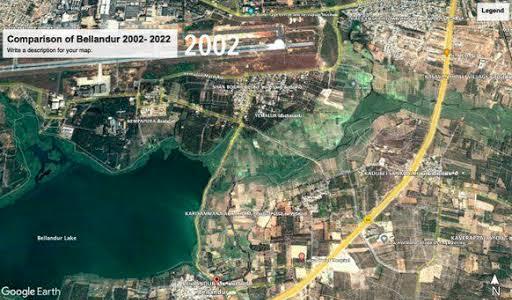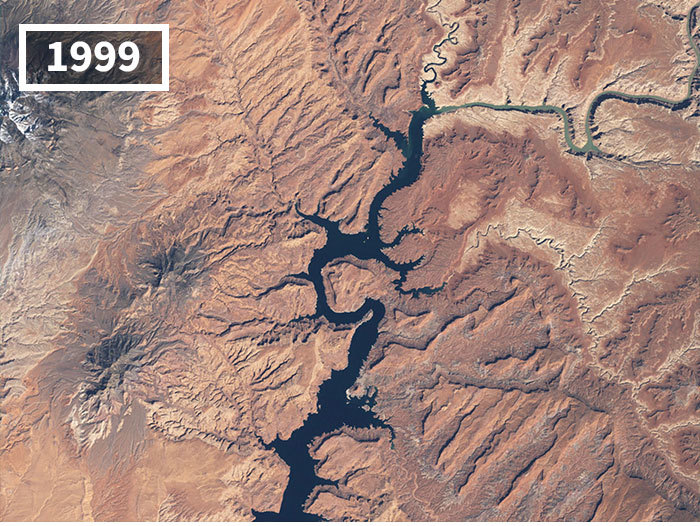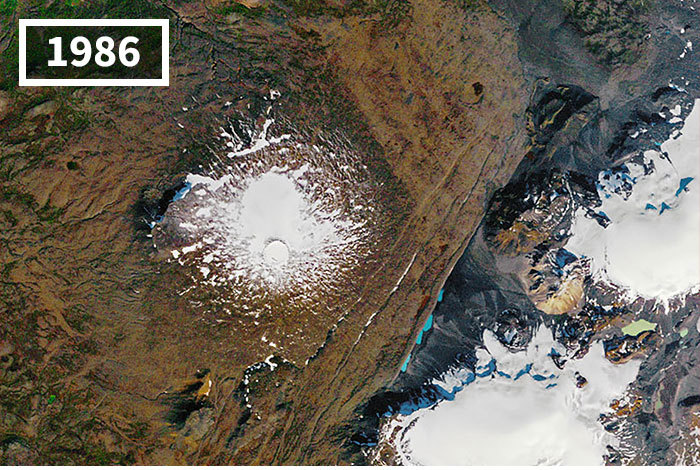
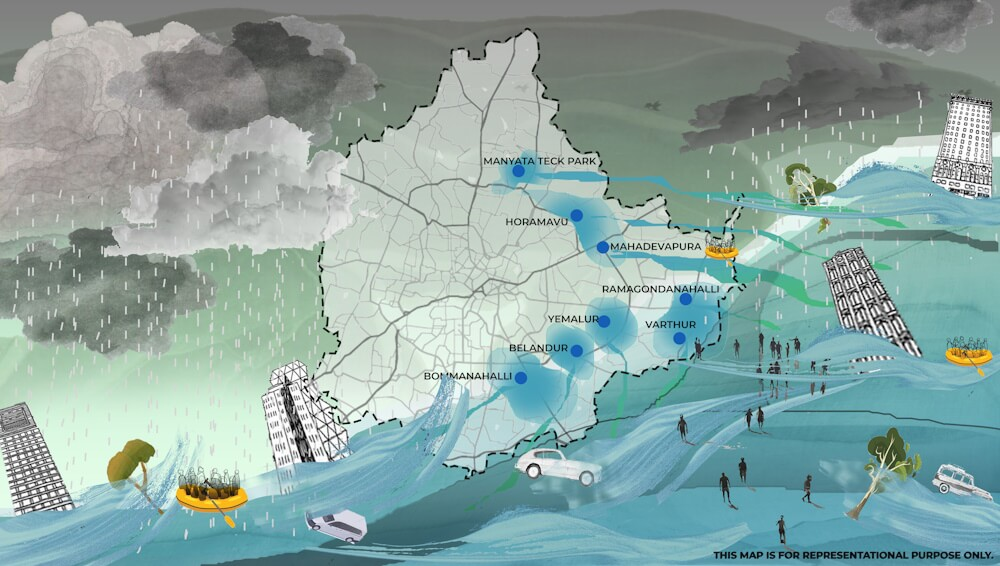
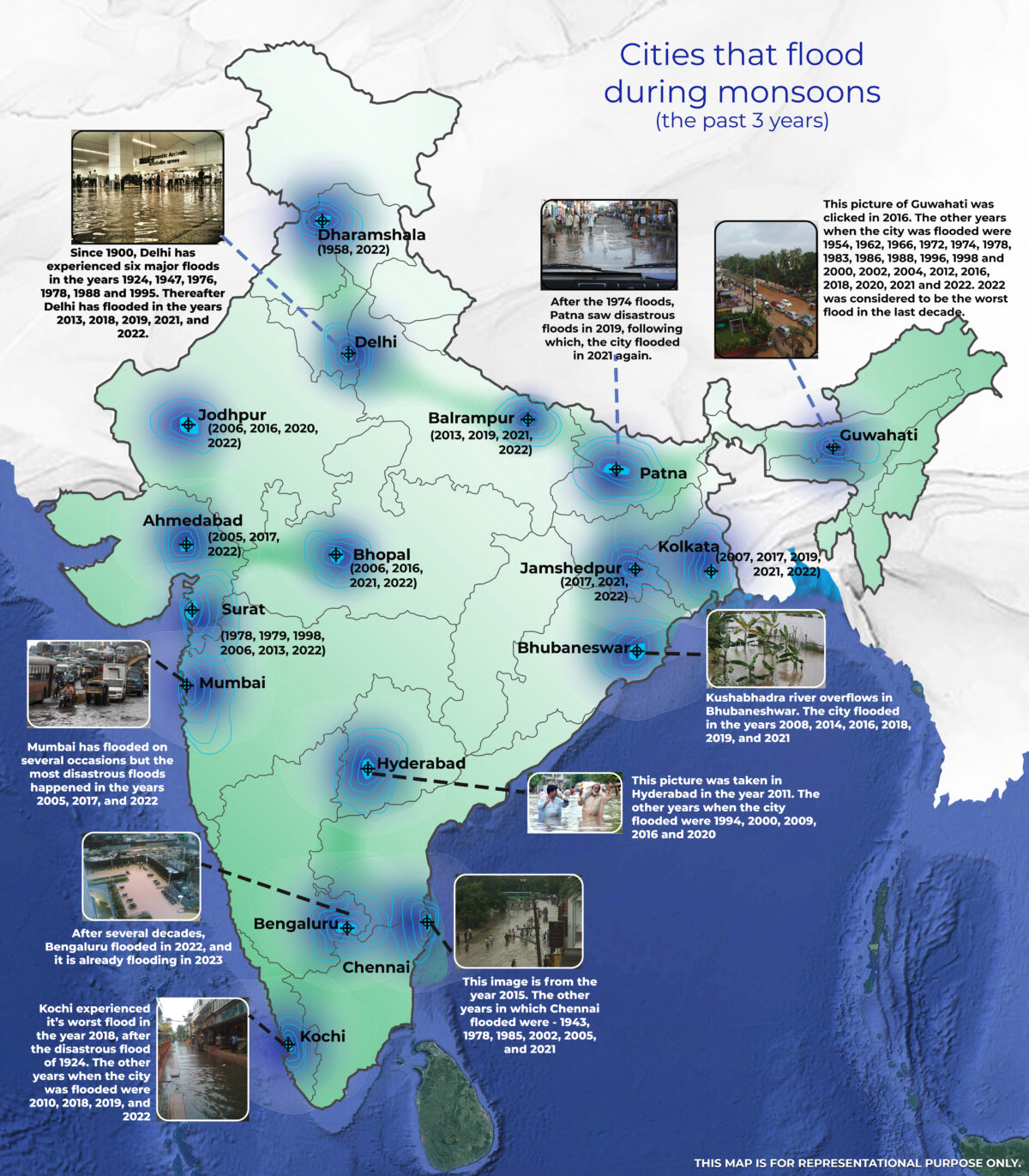
The world's climate is changing. While we are all talking about climate change in 2022, let’s make sure that Urban Flooding is part of that conversation in the new year.
URBAN FLOOD RISK IN INDIA
There has been an increasing trend of urban flood disasters in India over the past several years whereby major cities in India have been severely affected almost on an annual basis. The most notable amongst them are Hyderabad in 2000, Ahmedabad in 2001, Delhi in 2002 and 2003, Chennai in 2004 and 2015, Mumbai in 2005 and 2017, Guwahati 2010, Surat in 2006, Kolkata in 2007, Jamshedpur in 2008, Delhi again in 2009 and Guwahati and Delhi in 2010. Gurugram over the last few years, Hyderabad again in 2020, Bengaluru in 2017 and 2022. Ahmedabad again in 2022, Chennai in 2021

For example, in the last decade alone droughts and floods have affected an estimated 338 million people in India and 383 million people in China.
What is Urban Flooding ?
Urban flooding is NOT just “flooding that happens in an urban area.”
The American Federal Emergency Management Agency defines urban flooding as :
…the inundation of property in a built environment, particularly in more densely populated areas,
caused by rain falling on increased amounts of impervious surfaces and overwhelming the capacity
of drainage systems.
We can split the definition into three separate components: urban flooding
is
(1) caused by rain that
(2) falls on impervious surfaces and
(3) overwhelms local stormwater drainage capacity.
Each of these components :
(a) heavy precipitation
(which is expected to become more frequent due to climate change),
(b) increased urbanization,
(c) and insufficient or outdated stormwater infrastructure
presents a challenge
in and of itself. With urban flooding sitting at the intersection of all three,
it’s no wonder that this is a complex problem.
NDMA ( National Disaster Management Agency ) highlights that Urban Floods
are significantly different from rural floods as urbanization leads to developed catchments,
which increases the flood peaks from 1.8 to 8 times and flood volumes by up to 6 times. Consequently,
flooding occurs very quickly due to faster flow times (in a matter of minutes). Urban areas are densely
populated and people living in
vulnerable areas suffer due to flooding, sometimes resulting in loss of life. It is not only the event of
flooding but the secondary effect of exposure to infection also has its toll in terms of human suffering,
loss of livelihood and, in extreme cases, loss of life.
Urban areas are also centres of economic activities with vital infrastructure which needs to be
protected 24x7. In most of the cities, damage to vital infrastructure has a bearing not only for
the state and the country but it could even have global implications. Major cities in India have
witnessed loss of life and property, disruption in transport and power and incidence of epidemics.
Therefore, management of urban flooding has to be accorded top priority.
Increasing trend of urban flooding is a universal phenomenon and poses a great challenge
to urban planners the world over. Problems associated with urban floods range from relatively
localized incidents to major incidents, resulting in cities being inundated from hours to
several days. Therefore, the impact can also be widespread, including temporary relocation
of people, damage to civic amenities, deterioration of water quality and risk of epidemics.
At ZEN-THINK we have aligned ourselves with CLIMATE ACTION and are applying deep-tech to extremely intractable issues such as urban flooding.
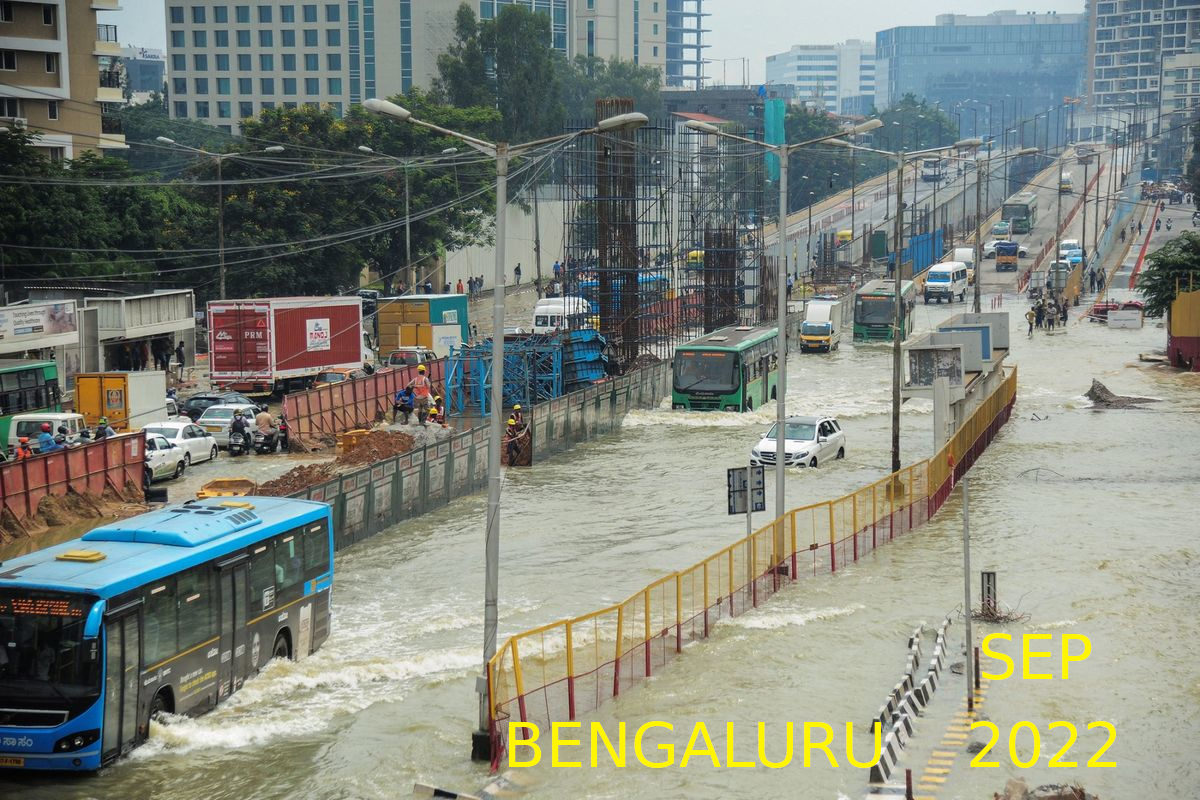
Bengaluru Floods and Bellandur lake
Move the slider to the right to view then and now
Browse NASA images below to get acquainted with ecological changes
Arctic Sea Ice coverage
Slide right
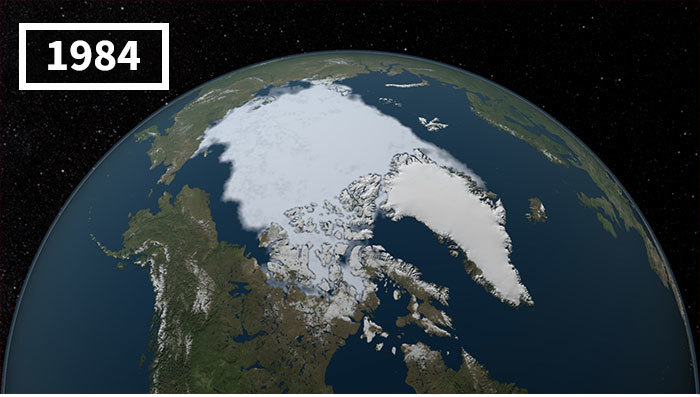
Carbonization threatens to undermine progress in nearly every area of human development. It poses substantial risks to food production, water supplies, ecosystems, energy security, and infrastructure. By 2050 more than 140 million people may be forced to migrate within national borders in order to avoid its worst effects.
Shrinking Aral Sea, Central Asia
Slide right
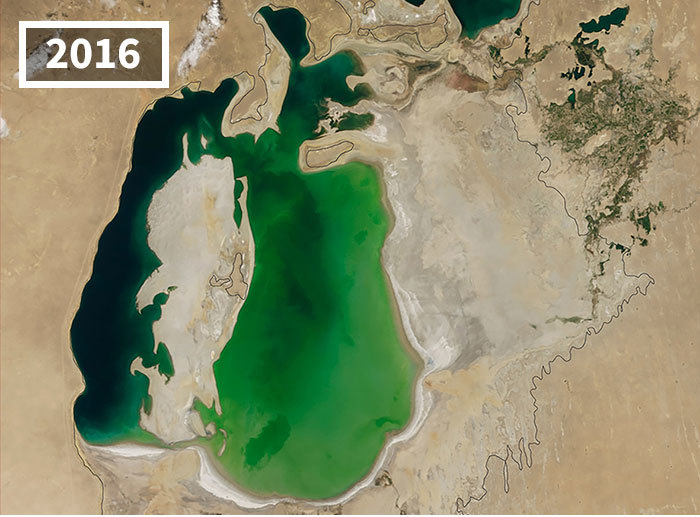
The current global population is around 7.8 billion. By 2030 it will be around 8.5 billion. Every country, every human and every living organism would experience the effects of carbon emissions.
Muir Glacier Melt Alaska
Slide right
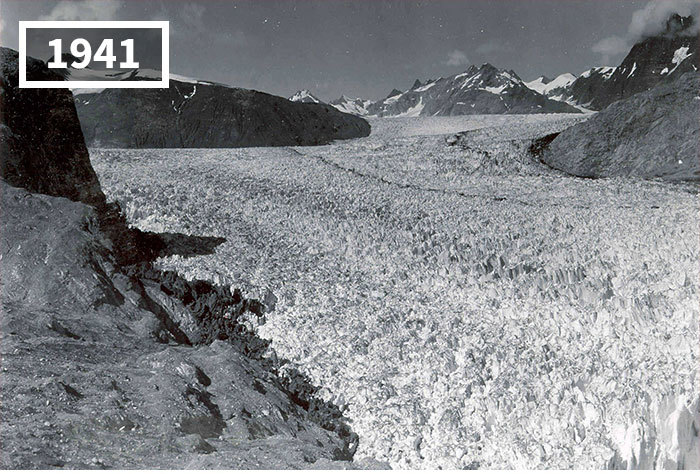
From 2010 to 2019 more than 1.3 billion people were affected seriously enough by extreme weather events such as floods, droughts, heat waves, and cold waves to require emergency assistance.
Columbia Glacier Melt, Alaska
Slide right
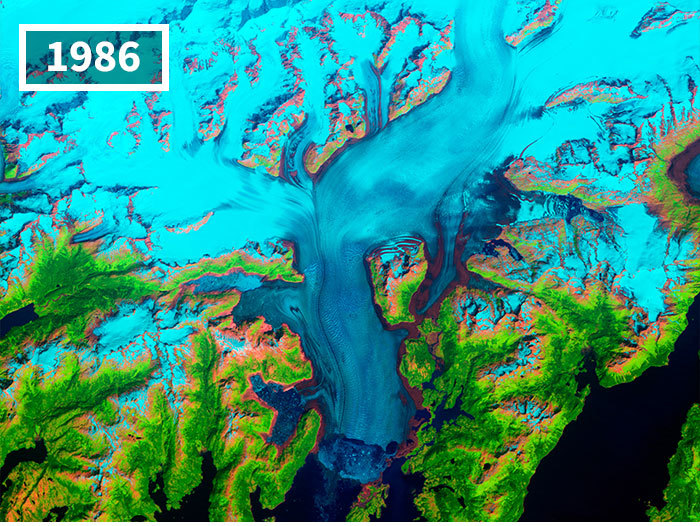
Over that period 2010 to 2019 floods and droughts were responsible for the greatest human impacts. The frequency and intensity of these events is only expected to increase further

